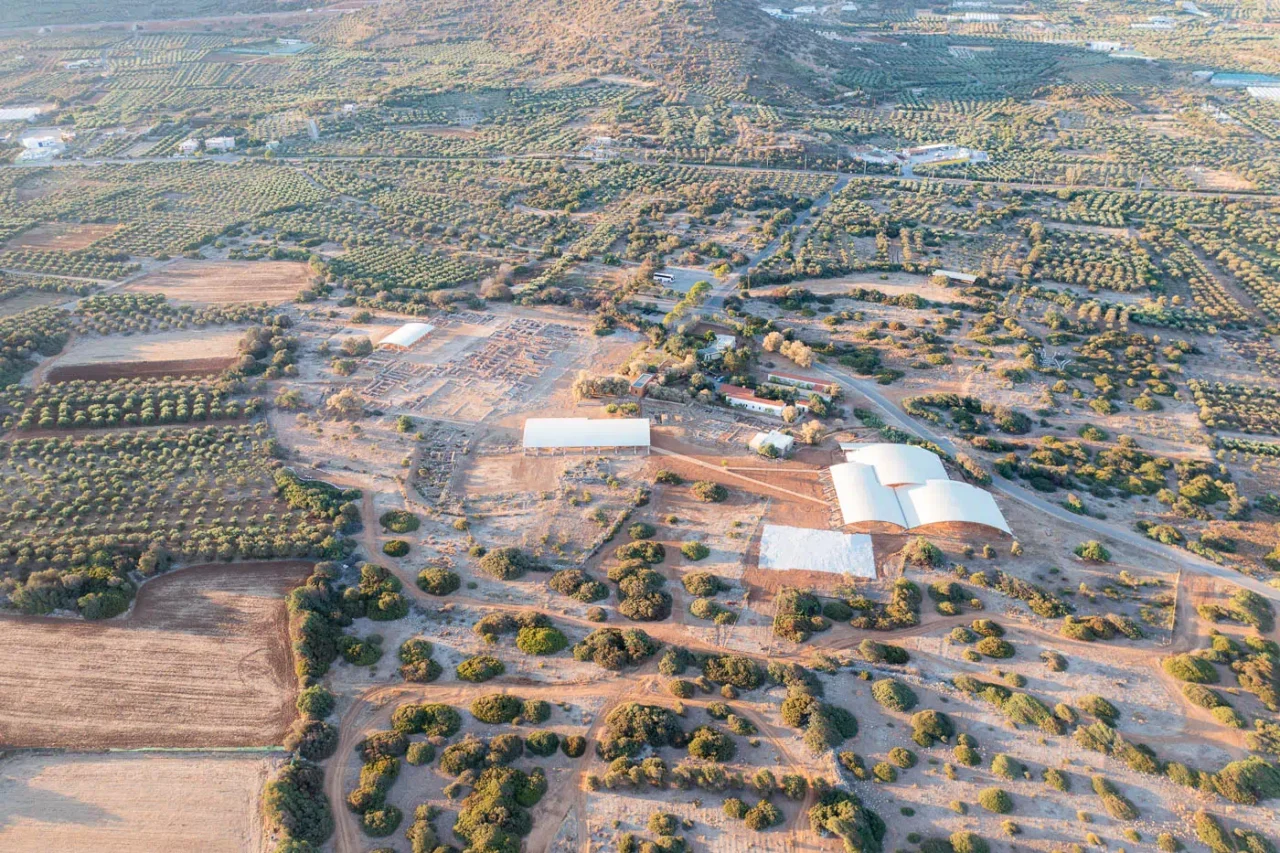
The Minoan archaeological site at Malia, situated on the northern coast of Crete, holds a significant place in understanding the Bronze Age civilization that flourished on the island. The site’s centerpiece is the Palace of Malia, the third largest Minoan palace discovered to date. The palace, along with the surrounding town and cemeteries, offers a glimpse into the complex social, political, economic, and religious structures of Minoan society.
The Palace of Malia
The Palace of Malia, despite its grandeur, remains shrouded in some mystery. Its original Minoan name is lost to time, and its current name is derived from a nearby modern town. The palace’s ruins, spread over 7,500 square meters, showcase the architectural prowess and cultural richness of the Minoan civilization.
Early Minoan Presence
The story of Malia begins long before the construction of the palace. Evidence suggests that the area was inhabited as early as the Early Neolithic period, with potential evidence of domesticated wheat found in the marshes northwest of the palace. However, substantial remains on the site itself don’t appear until the Early Minoan IIA period. Scattered sherds and isolated walls from this period have been found beneath the later palace and in the surrounding areas, indicating the presence of a small village.
The First Palace (Old Palace)
The first monumental architecture at Malia, often referred to as the Old Palace, dates back to the Early Minoan IIB period. This structure, or group of structures, was built around a large open space, sharing the same alignment as the later palace. The presence of a central court, even at this early stage, hints at the importance of communal and ritual gatherings in Minoan society.
The exact date of the Old Palace’s construction is a subject of ongoing debate among archaeologists. The traditional view places it in the Middle Minoan IB period (around 1900 BCE), coinciding with the rise of a powerful elite class on Crete. However, recent research suggests an earlier construction date in the Early Minoan III-Middle Minoan IA period, potentially making it one of the earliest palaces on the island. Evidence for this earlier date includes a foundation deposit containing a “teapot” and pottery sherds found within the palace walls.
The Old Palace was destroyed at the end of the Middle Minoan IIB period, likely due to an earthquake that also devastated the surrounding town. Despite its destruction, the archaeological finds from this period, including pottery, tools, and seals, attest to the Old Palace’s wealth and significance.
The Second Palace (New Palace)
The second palace, whose ruins are visible today, was built in the Late Minoan IA period, around 1650 BCE. It was constructed on the ruins of the Old Palace, inheriting its basic layout and orientation. Like its predecessor, the New Palace served a multitude of functions, acting as a religious center, a political hub, and an economic powerhouse.
The palace’s central court, a defining feature of Minoan architecture, is oriented north-south and measures 48 by 23 meters. Porticoes line the north and west sides of the court, and an unusual altar stands at its center. To the east of the central court lie well-preserved magazines, each equipped with a raised area for storing large storage jars (pithoi) and a channel for collecting spilled liquids.
North of the magazines is the “Loggia,” a building with a unique architectural design that likely served a religious or ceremonial function. Behind the Loggia is the Treasure Room, accessed by a stairway and containing remnants of valuable objects. Other notable rooms in this area include a lustral basin, a feature associated with ritual purification, and an assembly room, potentially used for gatherings and decision-making.
South of the Loggia stands the grand staircase, which originally led to an upper floor room, now lost to time. Opposite the central court’s altar is the Main Hall, another space likely used for religious purposes. A pillar crypt, accessible from the Main Hall, houses two large pillars, one bearing an engraving of a double axe, a potent symbol in Minoan religion. West of this area is a long corridor lined with numerous magazines, highlighting the palace’s role in storing and managing resources.
Destruction and Decline
The New Palace at Malia met its demise around 1450 BCE, coinciding with the destruction of other Minoan sites across Crete. The cause of this widespread destruction remains a topic of scholarly debate, with theories ranging from natural disasters like earthquakes to invasions from mainland Greece.
For over 60 years after its excavation, the New Palace at Malia was believed to have been a vassal of the powerful palace at Knossos. However, recent research suggests that Malia may have maintained its independence until around 1600 BCE. The construction of the new palace, built in the Knossian architectural style, suggests that Malia may have come under the influence or control of Knossos during this period.
Unlike other Minoan palaces, the New Palace at Malia lacked certain status objects, administrative documents, and elaborate frescoes, suggesting a possible decline in its power and prestige. The palace’s decline continued into the Late Minoan IB period, and it was ultimately destroyed, marking the end of an era for Malia.
Archaeological Site: Key Points
- Construction Period: Old Palace: Middle Minoan IB (c. 1900 BCE), New Palace: Late Minoan IA (c. 1650 BCE)
- Location: North coast of Crete, east of Heraklion
- Dimensions: 7,500 square meters
- Historical Significance: Third largest Minoan palace, showcases Minoan architecture and culture, provides evidence of trade and administration, and played a role in the power dynamics of the Minoan civilization
- Current Status: Archaeological site, under excavation by the French Archaeological School
Tuesday is closed

















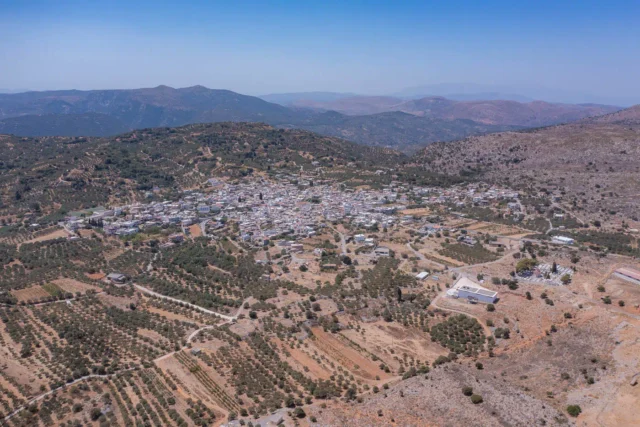
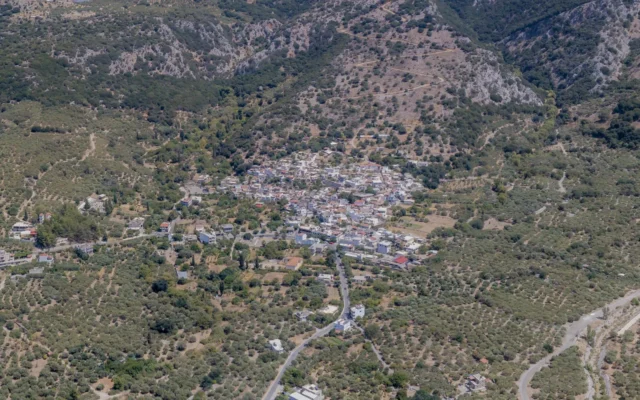
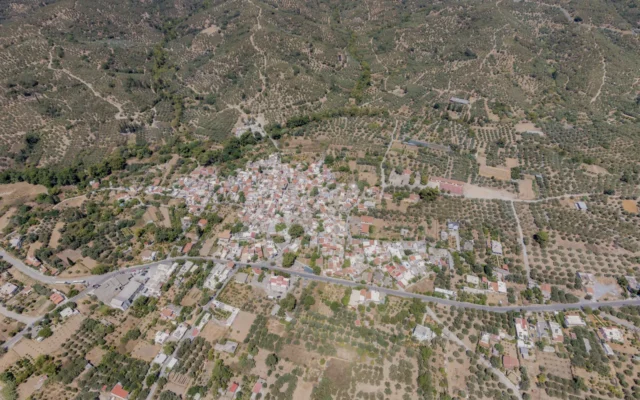
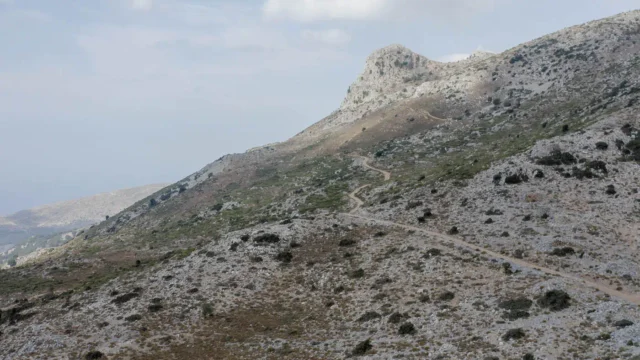
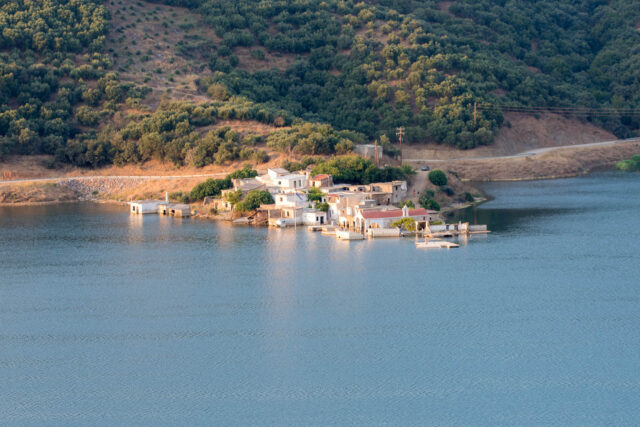
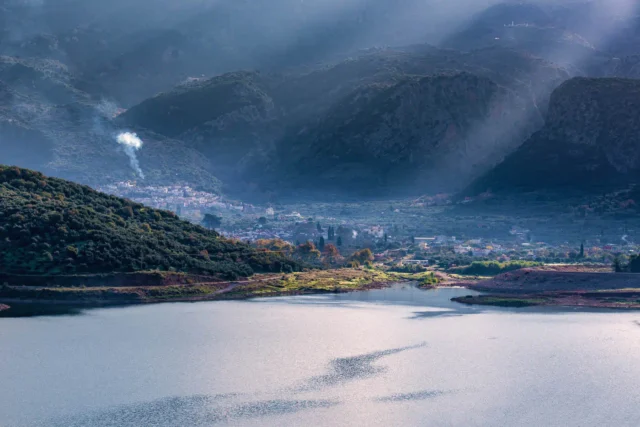
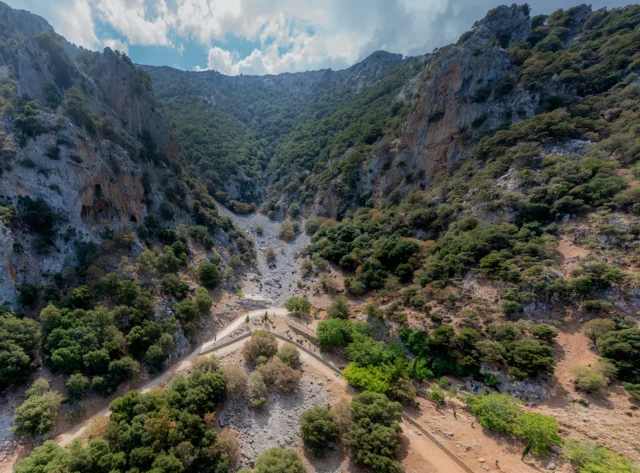

There are no comments yet.